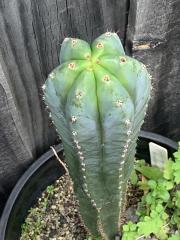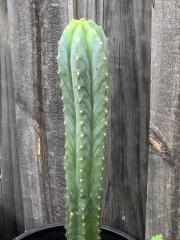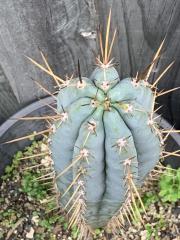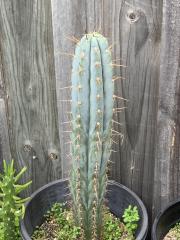Olive oil – described as “liquid gold” in Homer’s Iliad – is renowned for its health benefits. Not only is it delicious, it is anti-inflammatory, good for the gut, beneficial for the heart, and may even help us feel happier and live longer.
Scientists are now turning their attention, however, to the murky, brown and previously discarded by-product of its production – olive mill wastewater (OMW) – and have discovered it may be an even more powerful superfood.
OMW is left over after olives have been ground and their oil separated – a watery residue squeezed out from the remaining mulch.
It was previously considered a bit of a nuisance as, if not properly managed, it can contaminate surrounding soil and water, but now it is being commended for its protective and anti-inflammatory potential.
After hearing reports of olive farmers who had taken to drinking it for health reasons, researchers became intrigued and started investigating the waste product.
They found that instead of being useless, this dark, bitter and cloudy liquid is just as – and maybe even more – nutritious as its source.
OMW is full of healthy plant-based compounds, or phytochemicals, particularly polyphenols, which contribute to gut health, among other benefits. In fact, OMW is thought to contain at least 10 times the amount of phytochemicals as extra virgin olive oil, which is already considered a rich source.
Italian scientist Adriana Albini, a pioneering professor of cancer research and the first Italian to be elected to the American Association for Cancer Research’s board of directors, has been studying OMW for the last 10 years.
She has run studies on OMW extract with her team and found that it may be helpful in both the prevention and treatment of certain cancers, including those of the lung, prostate, colon and breast.
Other research has shown that OMW may support exercise recovery, improve metabolic markers, and has the potential to help cardiovascular and neurological conditions.
“Plants can’t run,” said Albini. “Their only defence is to produce secondary or tertiary metabolites, which ward off parasites. Many of these metabolites are poisons and we know that in certain concentrations, poisons can be therapeutic.
“Arsenic, for example, can be helpful in treating leukaemia. So the idea is that these metabolites can help defend us from cancer. What plants use for their health, we can also use for ours.”
Eating foods rich in these beneficial plant-based chemicals, like those found in the Mediterranean diet, is linked to a decreased risk of developing diseases.
OMW contains at least 30 different types of polyphenols, among which hydroxytyrosol was the most abundant, said Albini. Also found in both olives and olive oil, hydroxytyrosol could, research has shown, help brain and heart health, as well as reducing inflammation, which is good for overall health.
Source: https://www.theguardian.com/food/article/2024/aug/24/nonna-caterina-was-right-olive-oil-wastewater-heralded-as-new-superfood
Rare
Rare
Rare
Rare
Rare
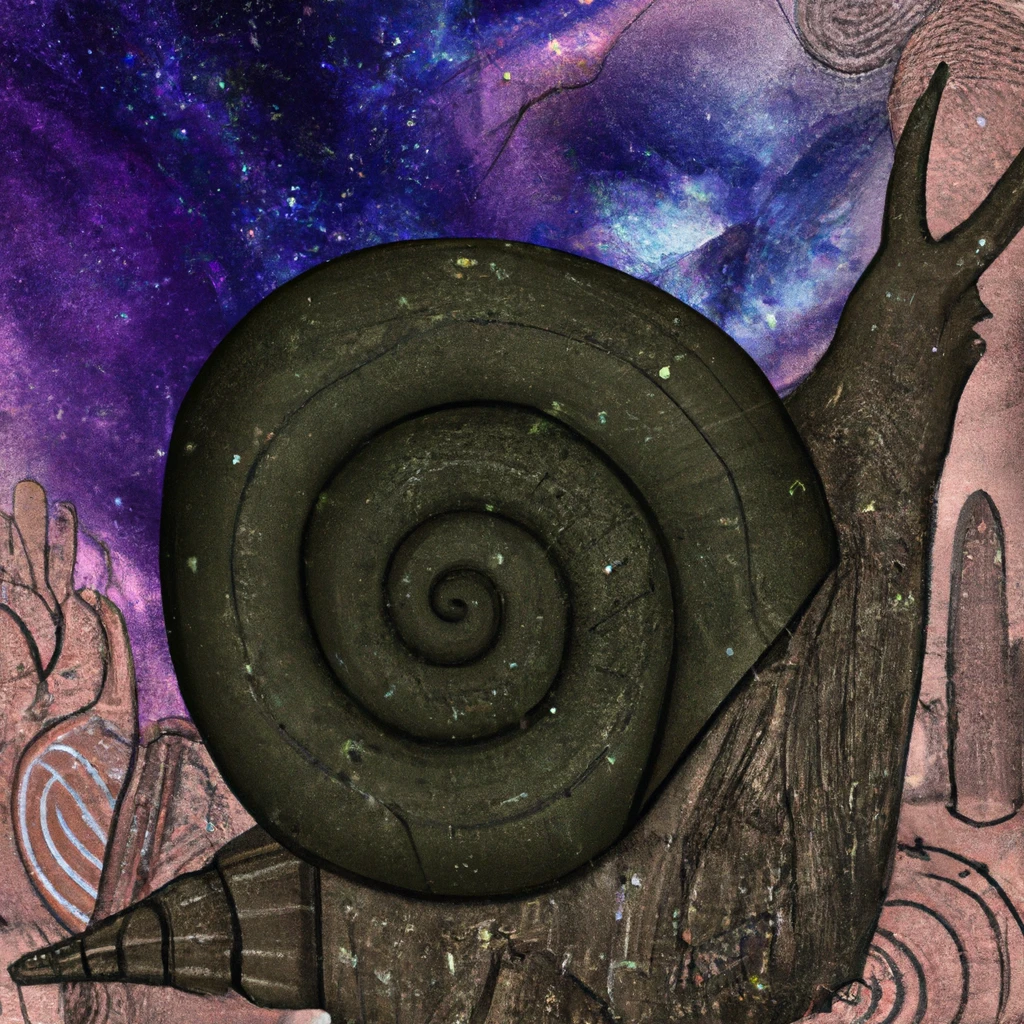

.thumb.jpg.048ada6f4191993048d8c028fe5188cf.jpg)




